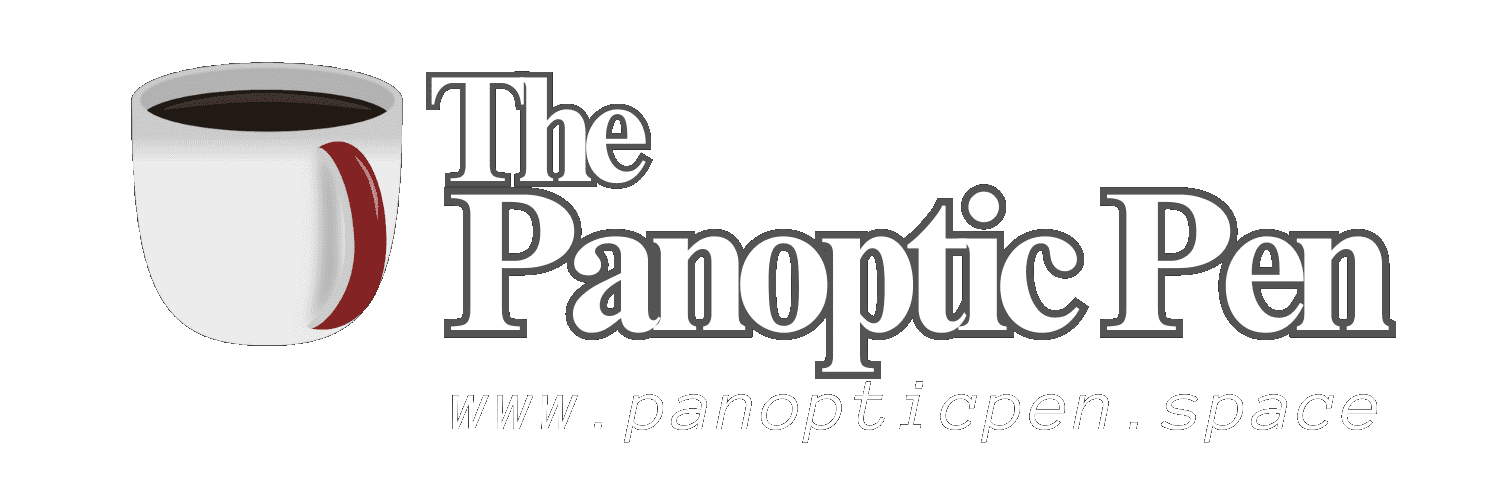2023-08-30T16:23
Enhancing Search Visibility Through On-Page Optimization Strategies

In the ever-evolving landscape of digital marketing, on-page optimization remains a cornerstone strategy for improving a website's search engine rankings. It involves a meticulous process of refining various elements on a webpage, such as title tags, meta descriptions, headings, and content, to align with specific key phrases. By implementing effective on-page optimization techniques, businesses can not only enhance their search visibility but also provide a seamless and relevant user experience.<br><br>The Power of Title Tags<br><br>Title tags are the first impression search engines and users have of your webpage. A well-crafted title tag succinctly conveys the page's content while incorporating targeted keywords. Striking the right balance between relevance and readability is essential. Optimizing title tags can significantly impact click-through rates and organic traffic, making them a crucial on-page optimization element.<br><br>Crafting Compelling Meta Descriptions<br><br>Meta descriptions may not directly influence search rankings, but they play a pivotal role in driving user engagement. A well-written meta description entices users to click through to your website by providing a brief preview of the content's value. Incorporating relevant keywords and a call-to-action can amplify the effectiveness of meta descriptions.<br><br>Headers and Their Significance<br><br>Headers, or headings, structure your content and provide both users and search engines with a hierarchy of information. Properly formatted headers not only improve readability but also signal the importance of specific sections to search engines. This can contribute to a more organized and user-friendly experience, indirectly influencing rankings.<br><br>The Heart of On-Page: Content Optimization<br><br>Compelling, informative, and relevant content is the backbone of on-page optimization. Keywords should be seamlessly integrated within the content while maintaining natural flow. Keyword stuffing is a practice of the past; search engines now prioritize high-quality, value-driven content that caters to user intent. Crafting content that addresses user queries and needs fosters longer engagement, lower bounce rates, and higher search rankings.<br><br>Image Optimization for Visual Appeal<br><br>Images break the monotony of textual content and enhance user engagement. To optimize images, use descriptive file names and incorporate alt text that includes relevant keywords. This not only improves accessibility but also provides search engines with additional context about your content.<br><br>Responsive Design and Mobile Friendliness<br><br>In an era where mobile usage is ubiquitous, responsive design is imperative. Google considers mobile-friendliness a ranking factor, making it essential to ensure your website renders seamlessly across various devices. A positive mobile user experience can indirectly boost your search rankings.<br><br>Page Loading Speed and Its Impact<br><br><div id='bottom_banner_dyno'></div><br><br>Page loading speed is not only a user experience factor but also a ranking factor. Slow-loading pages lead to higher bounce rates and diminished user satisfaction. Compressing images, utilizing browser caching, and minimizing code can all contribute to improved loading times.<br><br>URL Structure Optimization<br><br>A clean and descriptive URL structure enhances both user experience and search visibility. Including relevant keywords in URLs provides users and search engines with a clear understanding of your page's topic. Avoid convoluted URLs that hinder comprehension.<br><br>The Role of Internal Linking<br><br>Internal linking connects different pages within your website, aiding in the distribution of page authority and improving navigation. Thoughtful internal linking can lead users to relevant information, increasing their time on site. Additionally, it helps search engines discover and index more of your content.<br><br>The Importance of User Experience<br><br>User experience is intertwined with on-page optimization. A user-friendly website that loads quickly, presents valuable content, and offers easy navigation not only retains visitors but also signals to search engines that your site is authoritative and valuable.<br><br>Monitoring and Iteration<br><br>On-page optimization is an ongoing process. Regularly monitor the performance of your optimized pages using web analytics tools. Analyze metrics such as organic traffic, bounce rates, and click-through rates to identify areas for improvement. Continuously iterate your on-page strategies based on data-driven insights.<br><br>Conclusion<br><br>On-page optimization is an indispensable aspect of modern SEO. By optimizing title tags, meta descriptions, headings, and content, businesses can strategically position themselves to target key phrases effectively and improve their search rankings. Embracing these strategies not only enhances visibility but also contributes to a holistic user experience that keeps visitors engaged and satisfied.<br><br><br><a href='https://go.coinmama.com/visit/?bta=60983&brand=coinmamaaffiliates'><i class="fa-sharp fa-solid fa-certificate fa-bounce"></i> Earn money with Coinmama Affiliates! Start instantly!</a><br><br>



